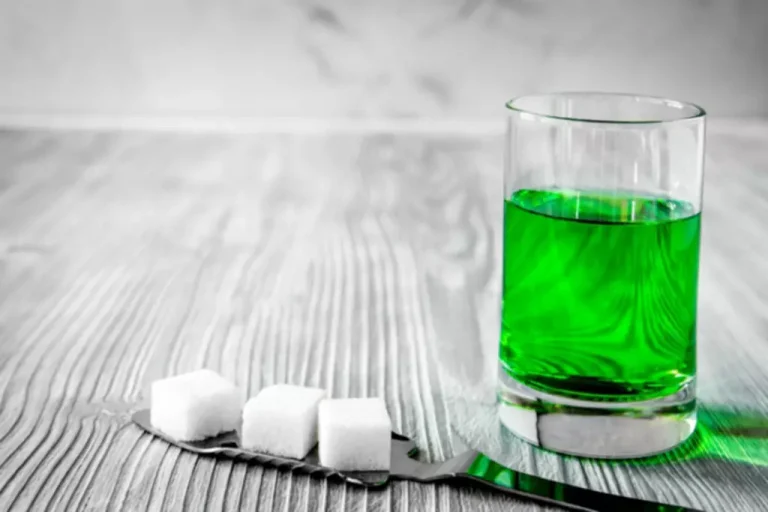
This is when your body doesn’t make enough healthy red blood cells to move oxygen around. Too much booze may also make you more likely to skip meals, which can short-change your body of iron. Too much alcohol can harm you physically and mentally in lots of ways.
- Severe abdominal pain and persistent diarrhea, as a result, is not fixable.
- Out of the 3290 liver transplants performed, 1.37% were on alcoholic hepatitis patients.
- With continued alcohol consumption, the alcoholic liver disease progresses to severe damage to liver cells known as “alcoholic cirrhosis.” Alcoholic cirrhosis is the stage described by progressive hepatic fibrosis and nodules.
- This might involve consistently binge drinking over a week or making drinking large amounts of alcohol a routine part of life.
- These disruptions can change mood and behavior and make it harder to think clearly and move with coordination.
Preventing Chronic Alcohol Use
Alcohol abuse also takes a toll on your social, school and work life. Job and academic performance can quickly begin to suffer due to a lack of energy, mental stamina and critical thinking skills all caused by alcohol abuse. Friends and family Substance abuse members may notice you drinking more or staying home alone instead of going out to drink.

What Is Alcohol Use Disorder?
Excessive alcohol consumption often causes malnourishment (not enough nutrients for the body to function well). Alcohol detoxification involves taking a short course of a medicine which helps to prevent withdrawal symptoms when you stop drinking alcohol. Benzodiazepine medicines such as chlordiazepoxide or diazepam are used for detox. This is low-risk, but not completely safe; any amount of alcohol increases the risk of health problems, such as some types of cancer, although at these levels the risk is low. However, even a small amount of alcohol can be dangerous if you drive, you operate machinery, or you take some types of medication.
Stage 2: Early Alcoholic
AUD is a medical condition characterized by an impaired ability to stop or control alcohol use despite adverse social, occupational, or health consequences. They are also more likely to cause harm to others through aggressive behavior or accidents, such as car crashes or alcohol poisoning. It’s important to note that even moderate drinking can lead to negative health outcomes, and the risk increases with the amount of alcohol consumed. There’s a common misconception that drinking every day can actually be beneficial. Indeed, studies have shown people who have two drinks a day have a 20% lower chance of dying from heart disease.
Almost 1 in 4 adults in England and Wales drink more than the safe levels. This is thought to be more common in men than in women, but it’s probably under-reported in women. Many people who drink heavily are not addicted to alcohol and are not alcohol-dependent.

Fuel groundbreaking medical research!
Most of the alcohol is broken down in the liver by the enzyme alcohol dehydrogenase (ADH). ADH transforms ethanol, the type of alcohol in alcoholic beverages, into acetaldehyde, a toxic, carcinogenic compound. Generally, acetaldehyde is quickly broken down to a less toxic compound, acetate, by aldehyde dehydrogenase (ALDH). Acetate then is broken down, mainly in tissues other than the liver, into carbon dioxide and water, which are easily eliminated. To a lesser degree, other enzymes (CYP2E1 and catalase) also break down alcohol to acetaldehyde. At Archstone Behavioral Health our mission is to offer readers the most precise and up-to-date information on addiction and behavioral health as possible.
Cirrhosis of the liverOur liver filters out harmful substances, cleans our blood, stores energy and aids in digestion. Too much alcohol can be toxic to liver cells, causing dehydration and permanent scarring—which ultimately affects the blood flow. With excessive alcohol consumption, this important organ can’t metabolize Vitamin D, which could develop into a deficiency. Some common signs and symptoms of cirrhosis include fatigue, itchy skin, weight loss, nausea, yellow eyes and skin, abdominal pain and swelling or bruising.

Early in addiction, relationships may not be affected too much. Before long, it becomes harder to give personal relationships the attention they deserve because alcohol becomes the number one priority. This type of alcoholism is not yet interfering regularly with completing work duties and taking care of home responsibilities.
A great resource, to begin with, is a person’s primary care physician. They can be a wealth of information on treatment options and provide referrals for care when a person is ready to seek help. Because they can maintain success in all areas of their life and don’t need to drink every day, the functional alcoholic finds it difficult to recognize they have a problem. They likely struggle with other mental health issues and find alcohol subsides those symptoms. Alcoholism progresses over time and through various stages, with the most severe stage commonly known as chronic alcoholism. Understanding the different types is crucial to recognizing the effects of alcohol and if professional treatment is needed.

Alcohol-related liver disease (ARLD)
- Binge drinking (usually more than four to five drinks within two hours) can raise a person’s blood alcohol to dangerous levels.
- The consequences of drinking are starting to create problems financially, at work, and in personal relationships.
- Early withdrawal symptoms include headaches, anxiety, nausea, irritability and shaking.
E. Morton Jellinek, a pioneer in the study of alcohol abuse and dependence, suggested “progressive phases of alcoholism” in 1950, which led to the Jellinek curve, which is still widely used. As the disease becomes more severe, blackouts and loss of control can happen. And the physical costs of excessive alcohol use become noticeable. All the seemingly minor symptoms you felt, in the beginning, become more intense with chronic alcoholism. In this type of alcoholism, the intermediate familial drinker struggles with mental illness, self-medicates with alcohol, and possibly uses other substances like cigarettes, marijuana, or prescription pills. However, some have the alcoholic gene and an environment that does not support sobriety.
About Medical News Today

Affecting the central nervous system, alcohol affects the brain leading to a higher chance of anxiety, depression, and other mood disorders. Binge drinking often happens at night and in social settings, as we often see in the glamourized way pop culture suggests. However, anytime an individual consumes enough alcohol to reach this level of intoxication, regardless of circumstance, it is still considered binge drinking. Some people try to avoid withdrawal symptoms by cutting back on alcohol instead of giving it up all what is a chronic drinker at once. Over weeks or months, you’ll have smaller or fewer drinks until you reach a point where you don’t have any at all. Benzodiazepinesare often the first treatment doctors suggest for alcohol withdrawal.
